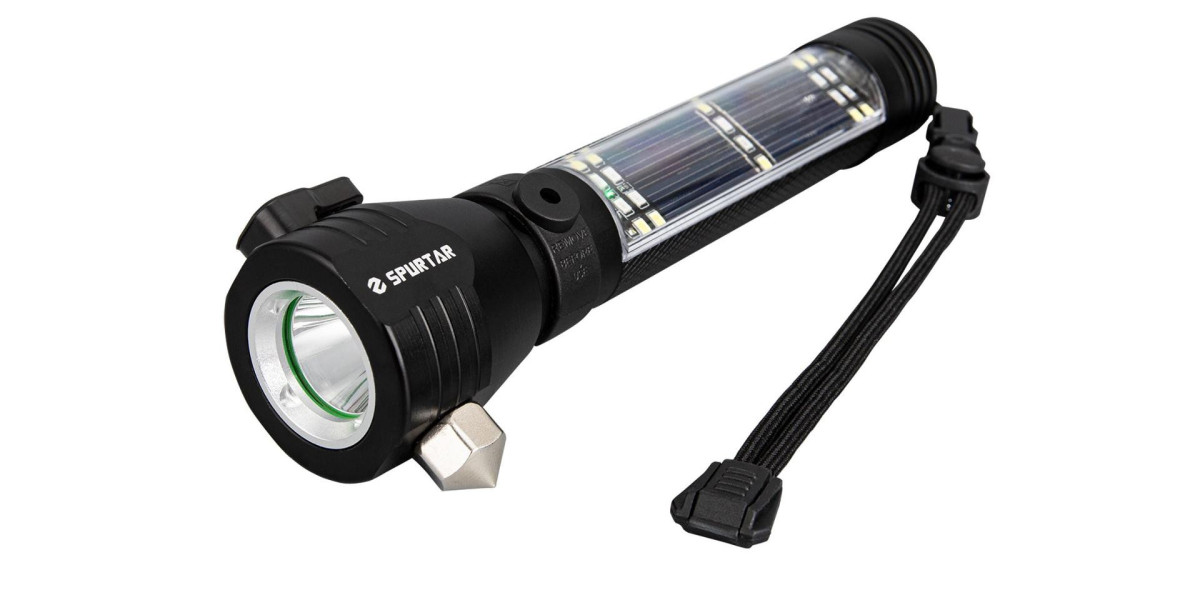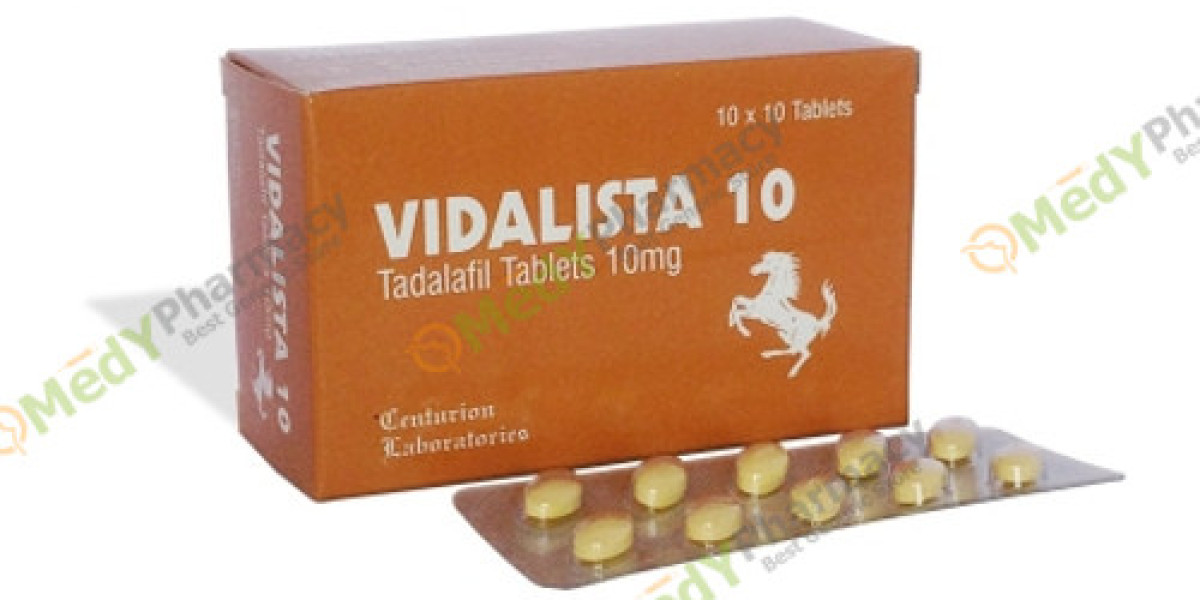Introduction
With the world shifting towards sustainable and renewable energy solutions, solar flashlights have gained immense popularity. These eco-friendly devices harness the sun's power to provide reliable illumination without the need for disposable batteries. Whether you're camping, preparing for emergencies, or simply looking for a cost-effective lighting solution, solar flashlights are an excellent choice.
This guide explores everything you need to know about solar flashlights, including their benefits, how they work, and factors to consider before purchasing one.
What is a Solar Flashlight?
A solar flashlight is a portable light source powered by a built-in solar panel. It absorbs sunlight and converts it into energy, which is then stored in a rechargeable battery. This stored energy powers the flashlight when needed, making it an efficient and sustainable alternative to traditional battery-operated flashlights.
Benefits of Solar Flashlights
1. Eco-Friendly and Sustainable
Solar flashlights reduce dependency on disposable batteries, minimizing environmental waste. By using renewable solar energy, they contribute to a greener planet.
2. Cost-Effective
Unlike traditional flashlights that require frequent battery replacements, solar flashlights harness free solar energy. This eliminates the recurring cost of purchasing new batteries.
3. Reliable Emergency Lighting
In times of emergencies, such as power outages or natural disasters, a solar flashlight provides a dependable light source, especially in situations where batteries may not be readily available.
4. Low Maintenance
These flashlights require minimal upkeep. With durable rechargeable batteries and sturdy solar panels, they can last for years with proper care.
5. Versatile and Convenient
Solar flashlights come in various designs, some featuring additional functions such as USB charging, radio, or even a power bank for charging mobile devices.
How Does a Solar Flashlight Work?
Solar flashlights operate on a simple yet efficient mechanism:
Solar Absorption – The built-in solar panel captures sunlight and converts it into electrical energy.
Energy Storage – The converted energy is stored in an internal rechargeable battery, typically lithium-ion or NiMH (Nickel-Metal Hydride).
Power Usage – When switched on, the stored energy powers the LED bulb(s) to produce light.
Recharge Cycle – Once depleted, the battery can be recharged using solar energy or alternative power sources such as a USB cable (if supported).
Key Features to Consider When Buying a Solar Flashlight
1. Battery Capacity & Type
The battery capacity determines how long the flashlight will last on a full charge. Lithium-ion batteries offer longer lifespan and higher energy efficiency compared to NiMH batteries.
2. Brightness & LED Type
Lumens measure the brightness of a flashlight. Higher lumens mean a brighter light, but also faster battery consumption. Look for energy-efficient LED bulbs with multiple lighting modes.
3. Solar Panel Efficiency
A high-quality solar panel charges the flashlight faster, even in low-light conditions. Some models include an additional hand crank or USB charging option for backup power.
4. Durability & Weather Resistance
A durable, shockproof, and waterproof design is essential for outdoor activities. Look for models with an IPX4 or higher rating for water resistance.
5. Size & Portability
Choose a compact and lightweight flashlight for easy portability, especially if you plan to use it for hiking, camping, or emergency kits.
6. Additional Features
Some solar flashlights come with built-in compasses, radios, SOS signals, or even power banks for charging mobile devices.
Best Uses for a Solar Flashlight
1. Camping & Hiking
A solar flashlight is a must-have for outdoor adventures, providing reliable illumination in remote areas without access to electricity.
2. Emergency Preparedness
Having a solar flashlight in an emergency kit ensures you’re prepared for power outages, hurricanes, or other disasters.
3. Everyday Use
Keep a solar flashlight in your car, home, or workplace for general use, such as nighttime repairs or roadside emergencies.
4. Survival & Military Applications
Survivalists and military personnel often rely on solar flashlights due to their durability, longevity, and multi-functionality.
How to Maintain a Solar Flashlight
To extend the lifespan of your solar flashlight, follow these simple maintenance tips:
Regular Charging – Even when not in use, periodically place the flashlight in sunlight to maintain battery health.
Keep Solar Panels Clean – Dust and dirt can reduce charging efficiency. Wipe the panel with a soft cloth regularly.
Store in a Dry Place – Avoid extreme temperatures and moisture to prevent damage.
Check Battery Performance – If the battery loses its capacity over time, consider replacing it (if possible) to maintain performance.
Conclusion
Solar flashlights offer an eco-friendly, cost-effective, and reliable lighting solution for various applications. Whether for outdoor adventures, emergency preparedness, or everyday use, they provide sustainable illumination without the hassle of battery replacements.
When purchasing a solar flashlight, consider factors such as battery life, brightness, durability, and additional features to ensure you get the best value for your needs. By investing in a high-quality solar flashlight, you contribute to a greener planet while enjoying the convenience of renewable energy-powered lighting.







